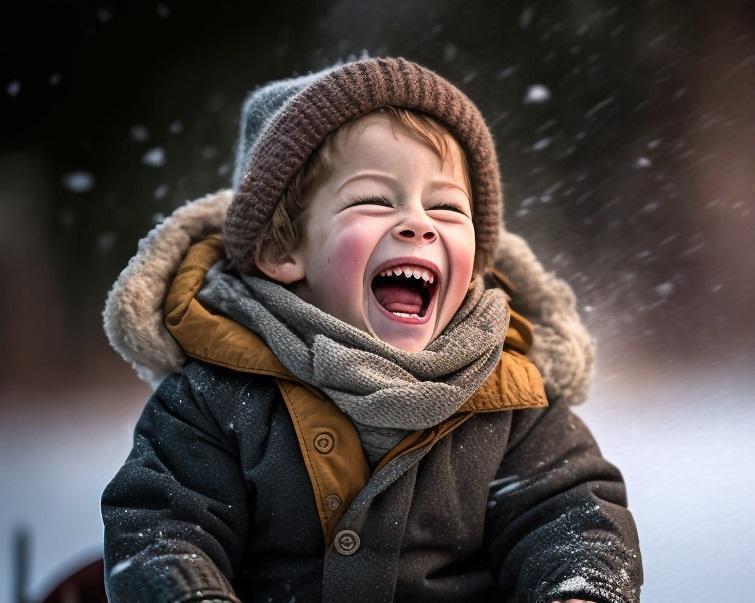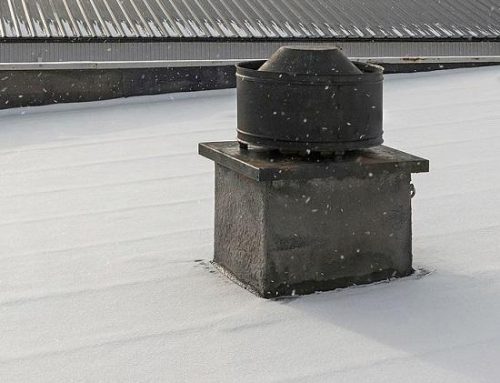Sledding is a popular winter activity for many, but it’s important to remember that it can also be dangerous if proper safety precautions aren’t taken. According to the National Safety Council, more than 20,000 people are treated in emergency rooms each year for sledding-related injuries. To ensure a safe and enjoyable experience on the slopes, it’s important to take the necessary precautions and follow these 10 safety tips.
1. Always wear a properly fitting helmet. Wearing a properly fitting helmet is one of the most important safety measures when sledding. A helmet can protect your head from injury in case of an accident and it can also help to prevent serious head injuries. Make sure to choose a helmet that is appropriate for the activity and fits snugly around your head. It is important to adjust the straps and make sure the helmet is level and sits low on the forehead, and the chin strap should be fastened and snug. It is also important to replace the helmet if it has been involved in a crash or if it is showing signs of wear and tear. This piece of advice is probably the most important. It can be very difficult to persuade children to wear helmets sometimes especially when it doesn’t appear to be as much of a concern for other families and you’re out in a big group. But it’s important that you know of the severe consequences of not wearing a helmet that some people would consider silly or dorky. Okay? Here it is: Head injuries and trauma are a serious concern when it comes to sledding. According to statistics from the US Consumer Product Safety Commission, an average of about 20 deaths per year are directly associated with head injuries that occur while sledding. In addition, thousands of people are treated in emergency departments each year for sledding-related head injuries, including traumatic brain injuries, skull fractures, and concussions. These numbers emphasize the importance of taking proper safety precautions, such as wearing a properly fitting helmet, to reduce the risk of head injuries and trauma while sledding. It is also important to be aware of the signs and symptoms of head injuries and seek medical attention immediately if you suspect you or someone else has sustained a head injury.
2. Check the condition of the sled and make sure it’s in good working order before heading out. Checking the condition of the sled and making sure it’s in good working order can help to prevent accidents and ensure a safe and enjoyable experience on the slopes. This includes checking for cracks, breaks, or other damage that could cause the sled to malfunction. Make sure the sled is well-maintained and properly lubricated to work smoothly and efficiently. It is also important to check for any loose or missing parts, such as screws, nails, bolts, or any other attachments. Always replace any missing or broken parts before use, and avoid using a sled that is damaged or in poor condition.
3. Choose the right location for sledding, avoid crowded or icy slopes, and always sled in a designated area. Choosing the right location for sledding can help to ensure a safe and enjoyable experience on the slopes. Avoid crowded or icy slopes, as these can make it difficult to control your sled and can increase the risk of accidents. Always sled in a designated area that is safe, with clear paths and gentle slopes. It is important to check the sledding area for any potential hazards such as trees, rocks, and other obstacles. Avoid sledding on slopes that have obstacles or are too steep for your skill level. Always look for designated sledding areas that are well-maintained, have proper signage and are equipped with safety measures such as barriers or protective nets.
4. Be aware of your surroundings and watch out for potential hazards such as trees, rocks, and other sledders. Being aware of your surroundings and watching out for potential hazards can help to prevent accidents and ensure a safe and enjoyable experience on the slopes. Keep an eye out for other sledders, skiers or snowboarders who might be crossing your path and be prepared to avoid collision. Also, be aware of the slope conditions, such as ice patches, moguls, and other obstacles that could cause an accident. Always be alert and ready to take evasive action if necessary.
5. Know your limits and sled at a speed that you’re comfortable with. Knowing your limits and sledding at a speed that you’re comfortable with can help to prevent accidents and ensure a safe and enjoyable experience on the slopes. If you’re new to sledding, it’s best to start on a gentle slope and gradually work your way up to steeper terrain. Always be aware of your own abilities and the conditions of the slope. Avoid trying to go too fast or attempt difficult maneuvers that you’re not comfortable with. Remember, safety always comes first and it’s better to be cautious and take it slow.
6. Sled with a buddy and have a means of communication in case of an emergency. Sledding with a buddy can help to ensure that you’re not alone in case of an emergency. Having a means of communication such as a cell phone or a whistle, can help to ensure that you can get help if needed. It is also important to have a plan in case of an emergency, such as knowing the location of the nearest first aid station or emergency contact numbers. Always let someone know where you’re going and when you expect to return.
7. Dress warmly, covering head, hands and toes to avoid hypothermia and frostbite. Dressing warmly is essential in staying safe and comfortable while sledding. Covering your head, hands, and toes can help to prevent hypothermia and frostbite, which can occur in cold temperatures. Wear warm, waterproof and windproof clothing, and always layer your clothing for better insulation. Avoid cotton as it stays wet and can make you cold.
8. Never sled on a road or near a street where there is traffic. Never sled on a road or near a street where there is traffic, as it is extremely dangerous. Always use designated sledding areas that are far away from traffic and other hazards. It is important to be aware of the surroundings and avoid sledding in areas that are close to roads or streets, as vehicles may not be able to see you or stop in time.
9. Never sled on a slope that ends near a road. Never sled on a slope that ends near a road, as it can be extremely dangerous. Always use designated sledding areas that have barriers or protective nets to prevent accidents. Make sure to choose a sledding area that has a clear and safe path, and avoid slopes that end near roads, streets or other hazards.
10. Supervise young children and make sure they understand the rules and safety tips for sledding. Supervising young children and making sure they understand the rules and safety tips for sledding can help to ensure their safety and prevent accidents. Teach them the basics of sledding, such as how to control the sled and how to stop it, as well as the importance of wearing a helmet and staying aware of their surroundings. Make sure they understand the importance of following rules and regulations, such as staying on designated slopes, not sledding on icy or crowded areas and avoiding slopes that end near a road. It is also important to set an example and follow the safety tips yourself, so they can understand the importance of staying safe while sledding.
In conclusion, sledding is a beloved winter activity, but it’s important to remember that it can also be dangerous if proper safety precautions aren’t taken. By following the 10 safety tips outlined in this article, you can ensure a safe and enjoyable experience on the slopes. Remember to always wear a properly fitting helmet, check the condition of your sled, choose the right location, be aware of your surroundings, know your limits, sled with a buddy, dress warmly, avoid sledding on roads or near streets, never sled on a slope that ends near a road, and supervise young children. By following these tips, you can enjoy the thrill of sledding while keeping yourself and your loved ones safe.










